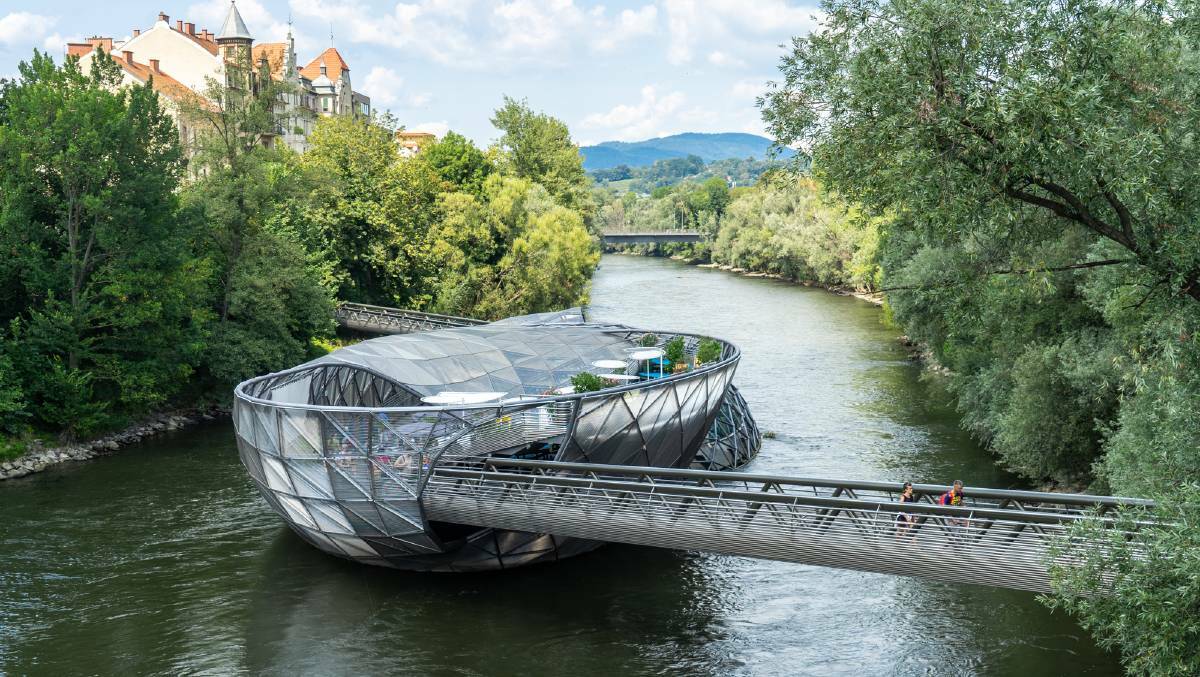There are two symbols of Barcelona I always think of when the Spanish city comes to mind. There’s the Sagrada Familia basilica, the epic vision of Antoni Gaudi that would look more like it had grown naturally as an organism if it wasn’t still covered in building equipment almost a hundred years after its architect’s death. And there are the crowds of tourists that fill the streets of the city at any time of the year. Tourism now defines Barcelona’s cultural story as much as Gaudi’s architecture, which you’ll also find in every pocket of the city.
Create a free account to read this article
$0/
(min cost $0)
or signup to continue reading
It’s a shame that you can’t have one without the other, but that’s often the way it is with the famous cities of Europe. There’s a bit of a pack mentality when it comes to holidays on the continent. While there’s a good reason these cities are popular, many people want to visit partly because everyone else is also going.
But look just slightly further afield and you’ll find some other places to visit that are just as interesting and offer as much as the more famous destinations – but don’t have the problems that come with overcrowding like accommodation shortages, high prices, and queues at attractions.
Zaragoza, Spain
Not far from Barcelona, for example, is Zaragoza, which can be reached in less than 90 minutes on the high-speed AVE train. It also has incredible art and architecture, like the Aljaferia Palace, a stronghold built in the 11th century by the Islamic rulers of the time in the colourful Mudejar style.
In the vast Cathedral-Basilica of Our Lady of the Pillar in the city centre, you’ll find frescoes by Francisco Goya, who lived here and now has an excellent museum in his honour. And on walls throughout Zaragoza you’ll find modern pieces created as part of the annual street art event called Festival Asalto.
Graz, Austria
Rather than Vienna or Salzburg, consider Graz, which has the grand buildings from its time as an imperial city but now also has a cool modern edge. There’s Eggenberg Palace with 24 impressive state rooms, the 19th-century Town Hall, and the old Styrian Armoury with four levels of weapons on display. Cross a steel bridge that doubles as a café to reach the modern art museum with unique architecture earning it the nickname ‘The Friendly Alien’. Graz’s culture is heavily influenced by its southern neighbours, so al fresco wining and dining is common everywhere.

Bologna, Italy
Instead of battling the crowds in Florence, you should consider Bologna, home to the world’s oldest university and 40 kilometres of porticoes in the city centre. Like most Italian cities, it is full of impressive historic sites, particularly the Basilica di San Petronio (the 10th largest church in the world) and the 97-metre-high Asinelli Tower. But it’s the food that I love so much here. The home of Bolognese sauce is also the centre of the region that brought us parmesan cheese, Parma ham, Modena balsamic vinegar and tortellini.
Rotterdam, The Netherlands
While Amsterdam gets most of the attention, it’s the second city of the Netherlands that has a more textured culture. Rotterdam was the world’s busiest port from 1962 to 2004 and the international influence is obvious, with food, festivals, and fashion showcasing the multiculturalism that makes Rotterdam more vibrant than other Dutch cities. In recent years, there’s also been a boom in innovative modern architecture that’s replacing buildings hastily erected after the city centre was destroyed in World War II.

Porto, Portugal
Lisbon has become one of Europe’s most popular cities for tourists yet Porto, about three hours away by regular train, doesn’t draw nearly the same numbers. Still, it has many of the same things – quaint sloped streets, tile art on the walls, viewpoints across the water, and excellent seafood. There’s also the Livraria Lello bookshop that inspired the Harry Potter series, and you can visit local producers of port, the famous local fortified wine. I also think Porto is one of the best value cities on the continent!
Hamburg, Germany
Germany’s second-largest city, Hamburg, is often overlooked by tourists but even if there was once a good reason for that (I’m not sure there was), an enormous rejuvenation project has dramatically changed the city. At the heart is the new Elbphilharmonie, a 1.5-billion-dollar concert hall, and an old port district full of hotels and restaurants. Hamburg is defined by the water and the excellent maritime museum and historic port warehouses of the Speicherstadt give context to the history, but there’s also a rich nightlife and welcoming neighbourhoods.
Cardiff, Wales
Finally, it seems sensible to offer an alternative to London, the most-visited European destination. For something different, you could consider Cardiff, the Welsh capital that has come into its own in recent years. At the centre is Cardiff Castle, on the site of a Roman fort with an 11th-century Norman keep. Around it you’ll find the gorgeous shopping arcades from the 19th century when coal mining made the city one of the richest in the world. Then head down to the Cardiff Bay waterfront and you’ll find lots to do in this regenerated entertainment zone, another layer in a city full of stories.





